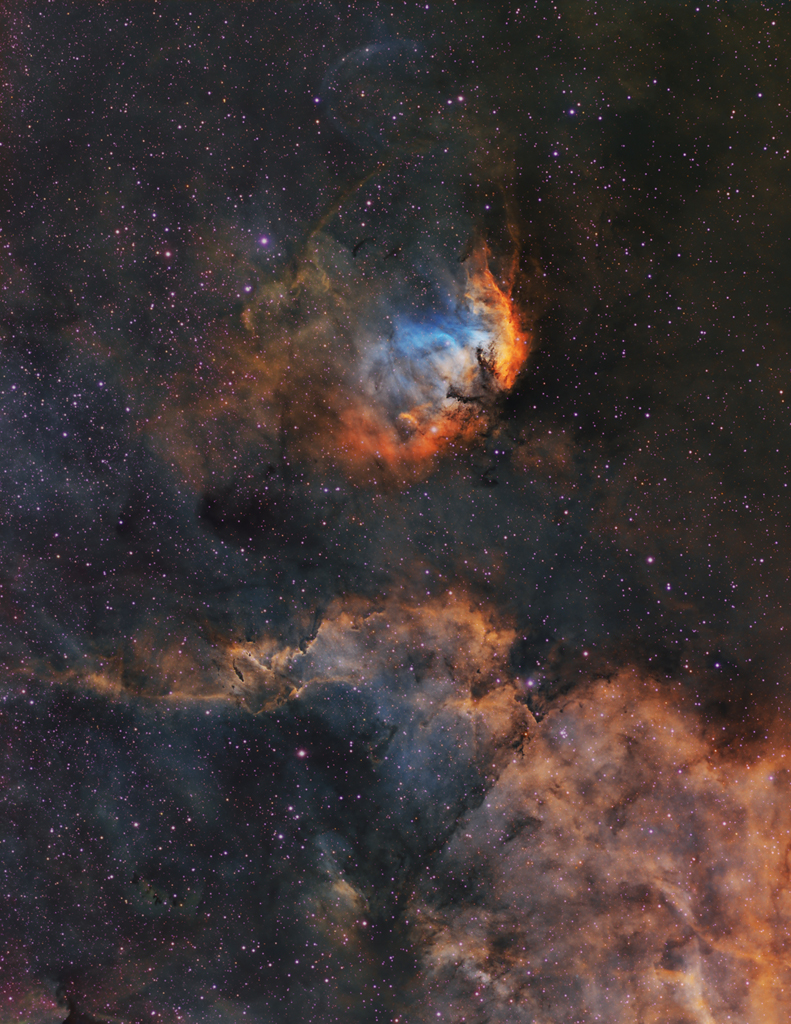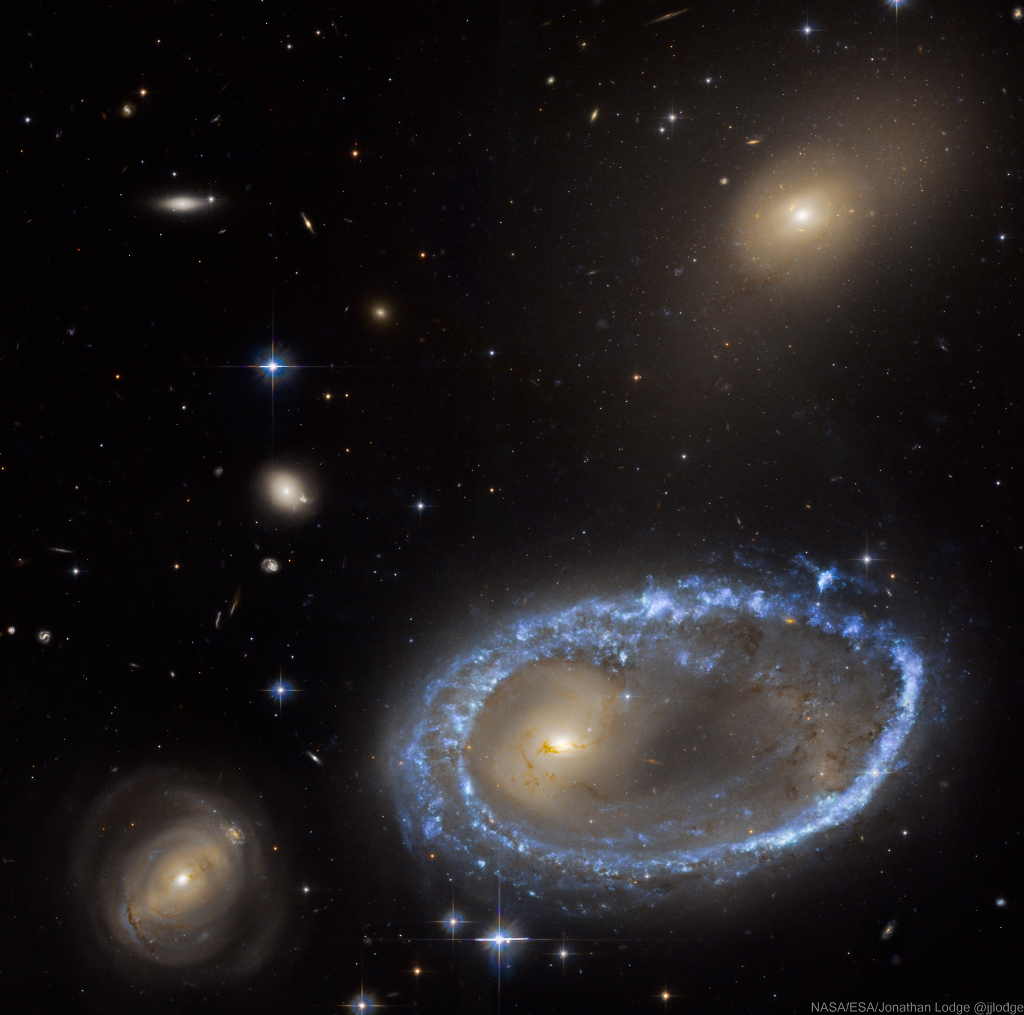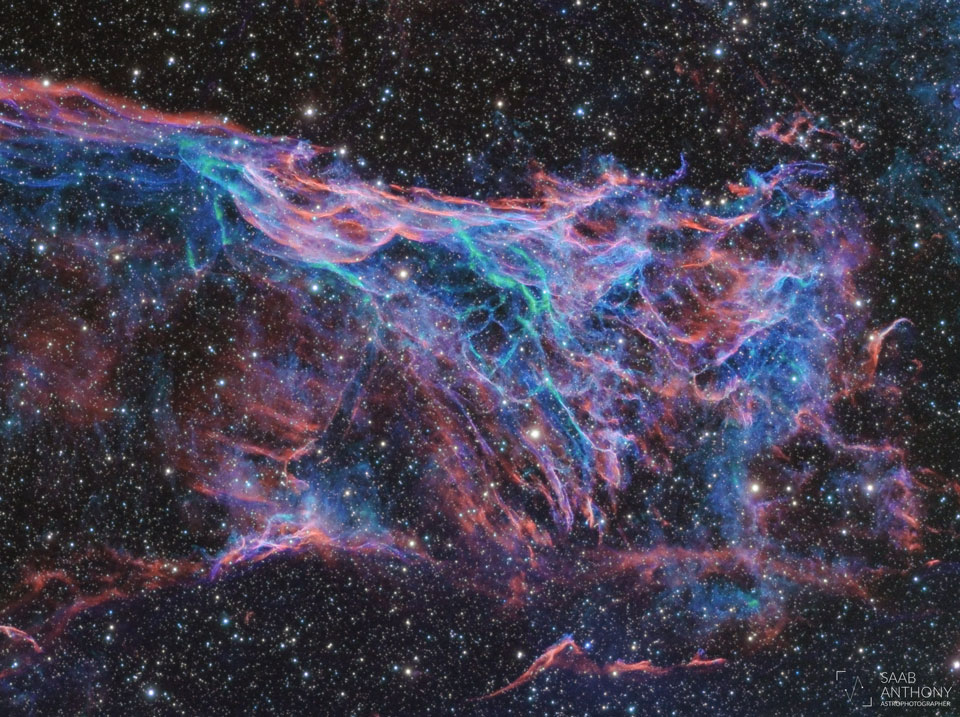
On April 29, 2015, NuSTAR, Hinode, and SDO all stared at our Sun. via NASA https://ift.tt/3zPxeHC

NASA will host a variety of events and interactive opportunities celebrating the agency’s interns and their contributions to its missions in recognition of National Intern Day, held this year on Thursday, July 29.
from NASA https://ift.tt/3ye3nIs
via IFTTT![]()


Students across the globe have opportunities this week to hear from astronauts aboard the International Space Station.
from NASA https://ift.tt/3eYGmBS
via IFTTT![]()
NASA will host a media teleconference at 1 p.m. EDT Monday, Aug. 2, to discuss science investigations and technology demonstrations launching on Northrop Grumman’s 16th commercial resupply mission for the agency to the International Space Station.
from NASA https://ift.tt/3iODhWf
via IFTTT![]()